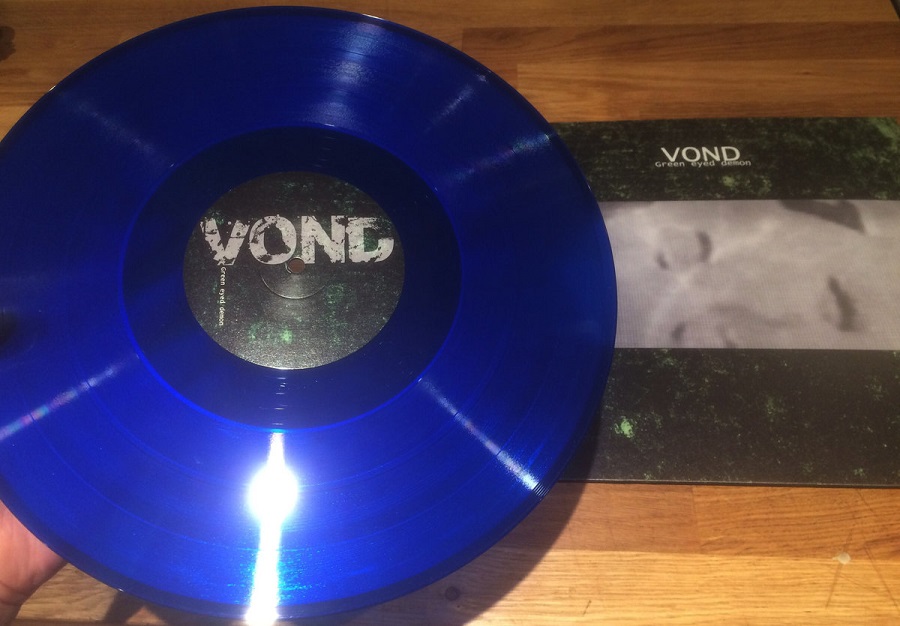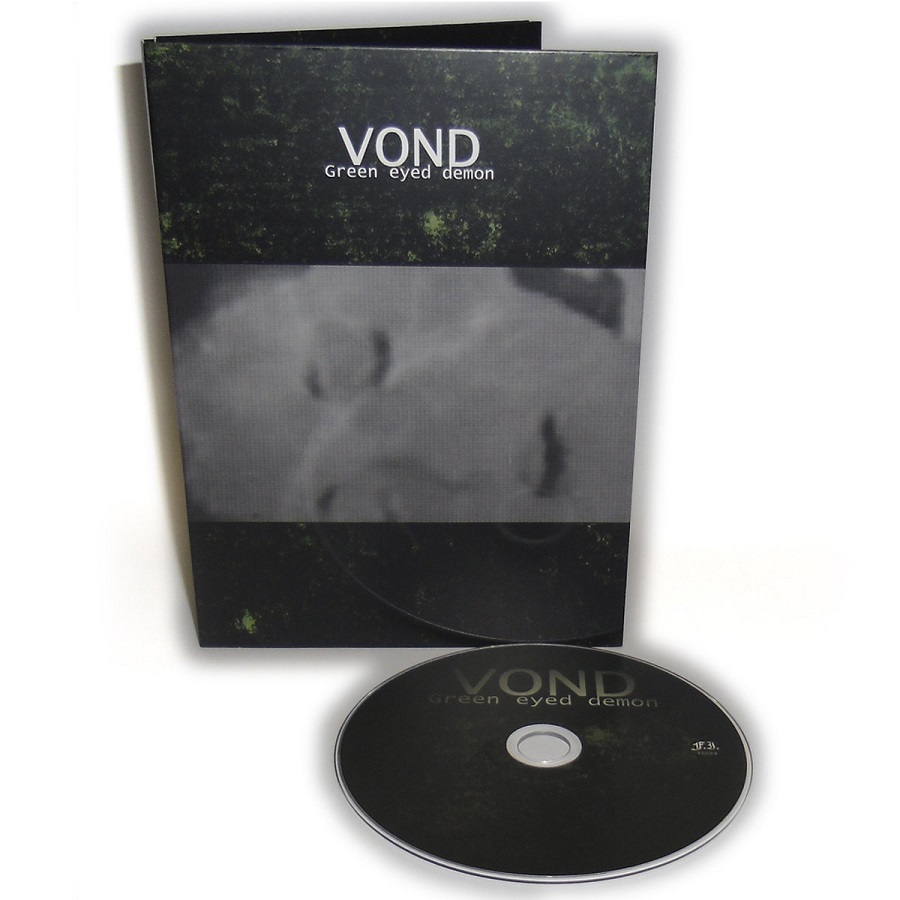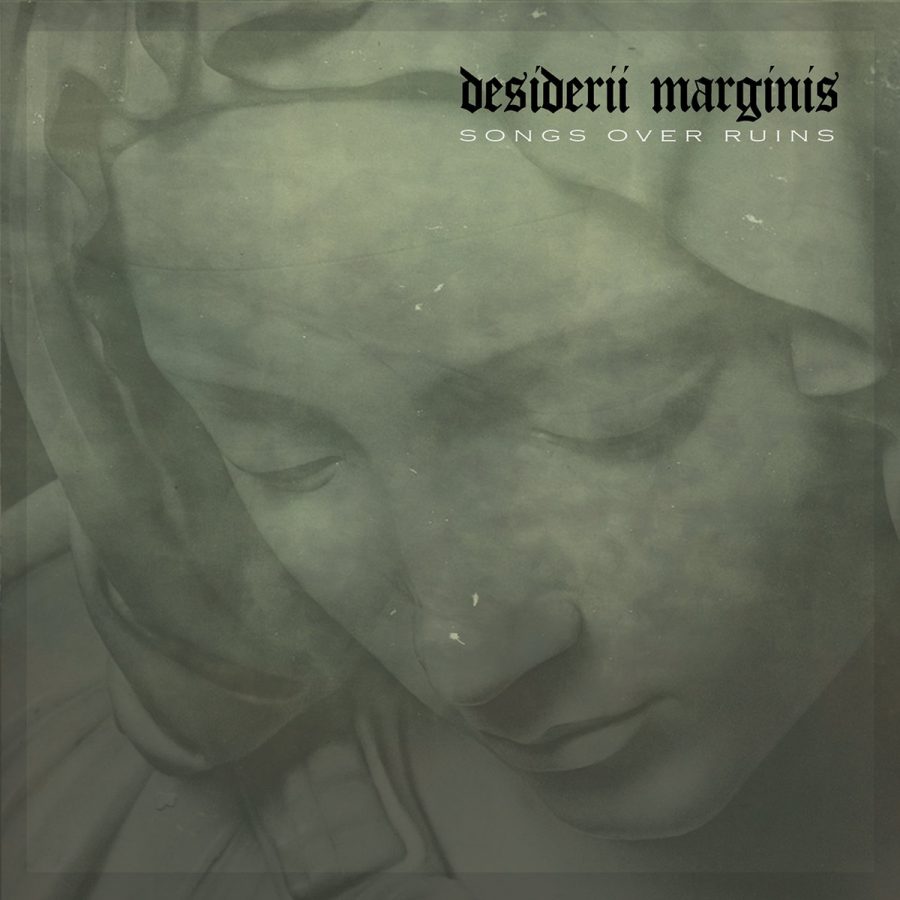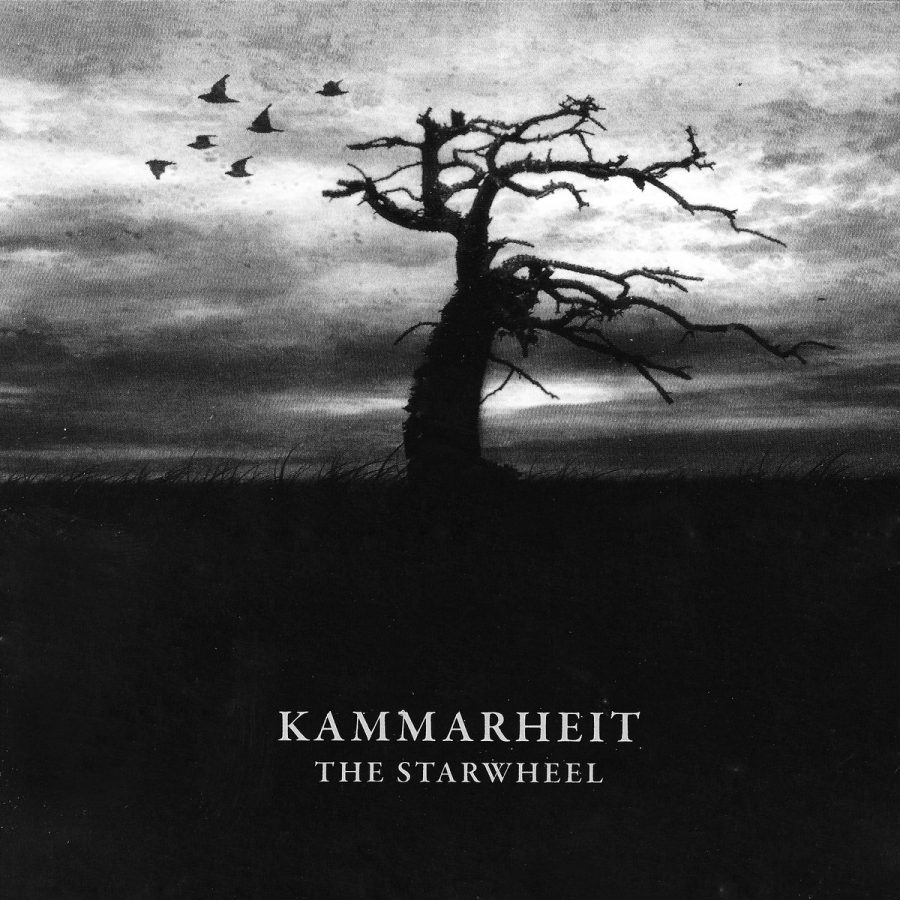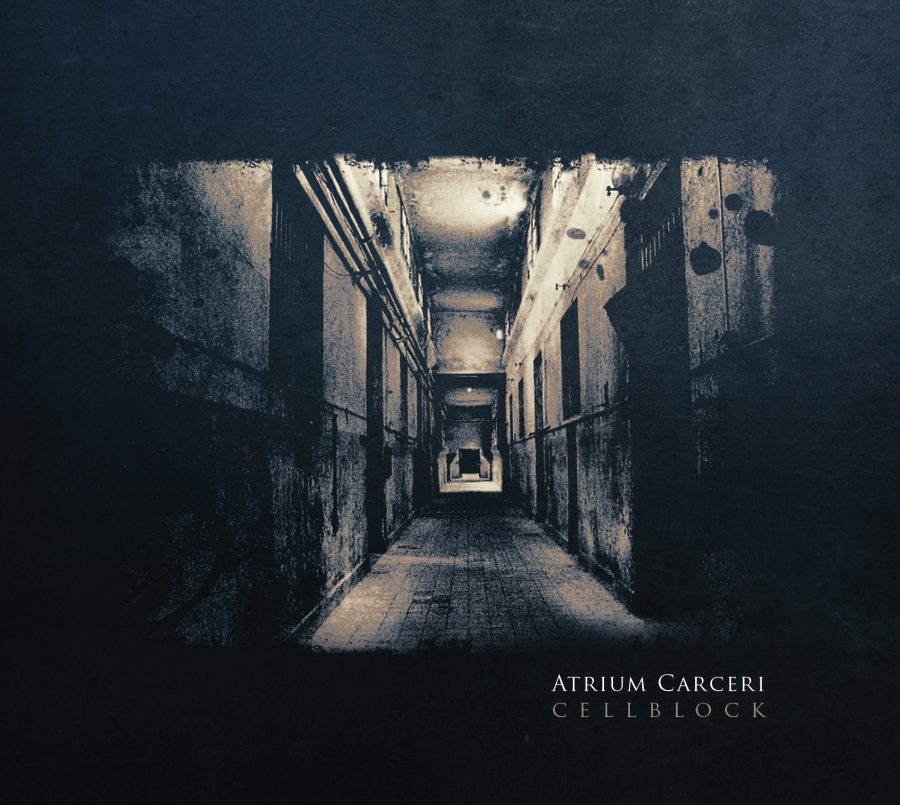Here are the dark ambient albums that we at This is Darkness are currently listening to – some are new releases, but a few are older gems we’ve just (re)discovered. Please check these out by clicking on the Bandcamp links, and consider supporting the artists. Enjoy!
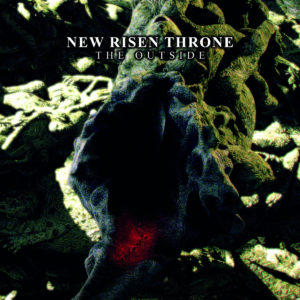
New Risen Throne – The Outside
This album of post-industrial dark ambient is incredible – its dark, cinematic soundscapes providing an audio experience that is simply breathtaking. Both Michael and Rich here at This is Darkness and have had this album on repeat play since they first heard it. Read our full review of the album here.
Digital album available on Bandcamp here.
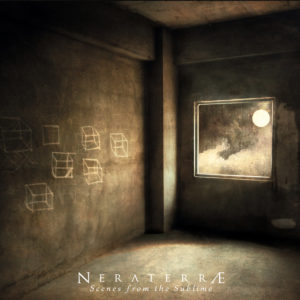
NERATERRÆ – Scenes From The Sublime
NERATERRÆ‘s second album, Scenes From the Sublime, is even more impressive than his well-received debut, with ten tracks of dark ambient and drone inspired by visual masterpieces from the world of art. This is a wonderful album, with so many textures and levels of detail to it that each listen is a joy. Read our full review of the album here.
Digital album available on Bandcamp here.

Hiemal – Summoning the Hall of Stars
The latest release from Hiemal features relaxing drone sounds and subtle field recordings… and is almost six hours in length(!) Summoning the Hall of Stars is another drone ambient triumph by the French musician, and is the perfect soundtrack to chill-out to. Read our recent interview with Hiemal here.
Digital album available on Bandcamp here.
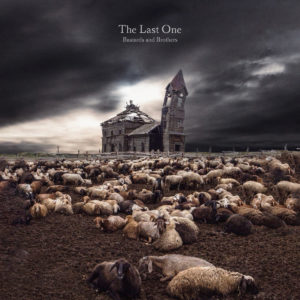
The Last One – Bastards and Brothers
This is an album of seriously eerie and brooding dark ambient from Russia. Drone, dark ambient, and noise elements are expertly combined together to create a sinister soundscape that provides a wonderfully unsettling listening experience. Impressive stuff!
Digital album available on Bandcamp here.
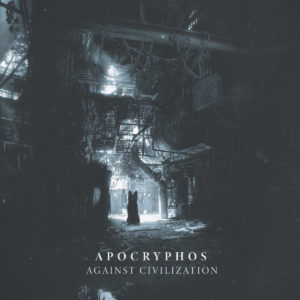
Apocryphos – Against Civilization
Against Civilization is a guitar-driven dark ambient album that provides the perfect soundtrack to the self-isolation apocalypse… the music is a haunting, melancholic blend of atmospheric ambience and field recordings, and listening to it makes you want to stay inside, turn the lights off and escape from everything.
Digital album available on Bandcamp here.

Ugasanie – Ice Breath of Antarctica
This album of incredibly atmospheric polar ambient was actually released back in March 2018, but since discovering it earlier this month, Rich has been listening to it almost daily. Dark ambient and drones sounds are expertly combined with field recordings of snow storms, blizzards and cracking ice flows, to create a powerful audio experience.
Digital album available on Bandcamp here.
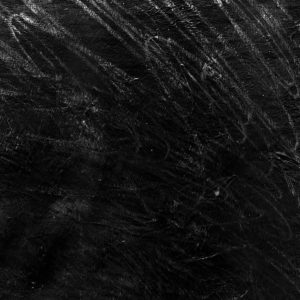
SVR – Republic
Over the last couple of months, Scottish dark ambient musician SVR has released five albums / EPs, each showcasing fantastic lo-fi electronic drone music. It’s minimalist stuff, but the experimental soundscapes have a depth to them that you can lose yourself in. Wonderful!
Digital album available on Bandcamp here.

Various Artists – Drone Islands Volume I / II
This impressive collection of drone / ambient drone tracks features a number of well known names from the scene, as well as some lesser known artists. As you’d expect from a compilation album, there is quite a range of musical styles and tones featured across the twenty-five tracks, but there is no filler and nothing here disappoints.
Digital album available on Bandcamp here.
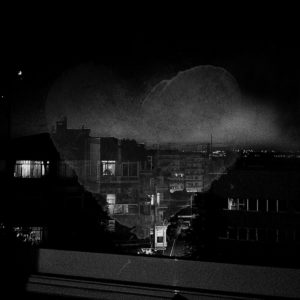
Black Box Memories – Missing Heart Pieces
Missing Heart Pieces is a melancholic album of ambient and dark ambient compositions, overlaid with spoken contributions from a number of the musician’s long lost friends. The resulting pieces of music are all tinged with sadness and regret, yet beautiful. Powerful stuff.
Digital album available on Bandcamp here.
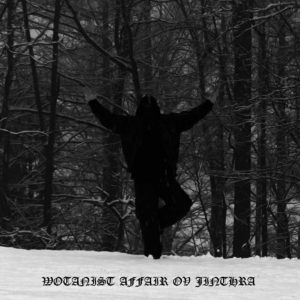
Jinthra – Wotanist Affair
The latest release from Czech ritual artist Jindřich Spilka features four tracks of ritual ambient / drone music that grab the listener by the throat right from the off, and don’t let get until the album has finished. It’s wonderful stuff – dark and heavy, and laden with the soundscapes of ancient otherworldly forces.
Digital album available on Bandcamp here.
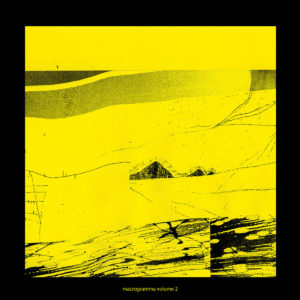
Macrogramma – Volume 2
Italian sound designer & composer Macrogramma creates beautiful electronic ambient / drone music, that provide the perfect soundtrack to self-reflection and dreaming. This album is simply mesmerising, and listening to it is an uplifting and life-affirming experience.
Digital album available on Bandcamp here.
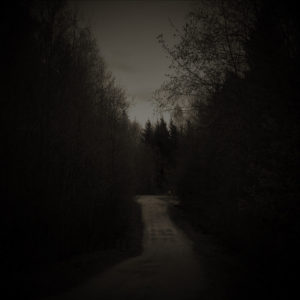
Mortemhize – Through the Night
This neoclassical ambient album is evocative and atmospheric, with soaring dark ambient soundscapes complimented by haunting piano work. It’s unsettling in places, sad in others – but all hangs together perfectly to create a unified sense of melancholy. Outstanding!
Digital album available on Bandcamp here.
Written by Rich Dodgin


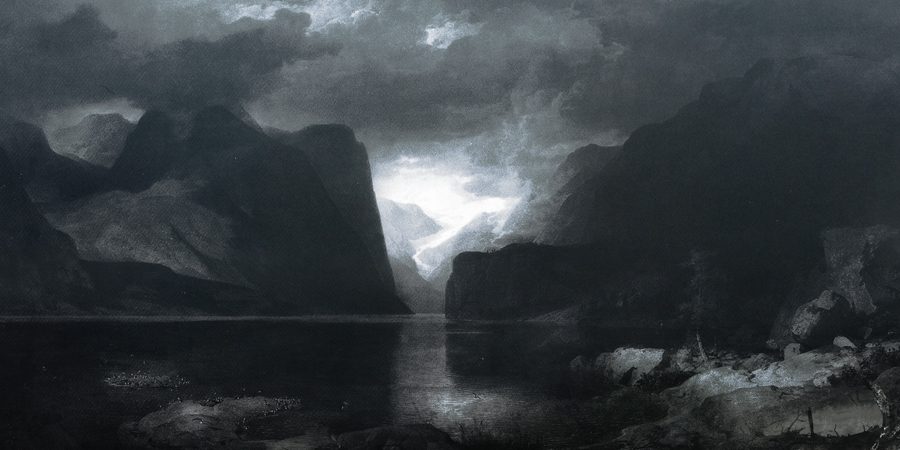
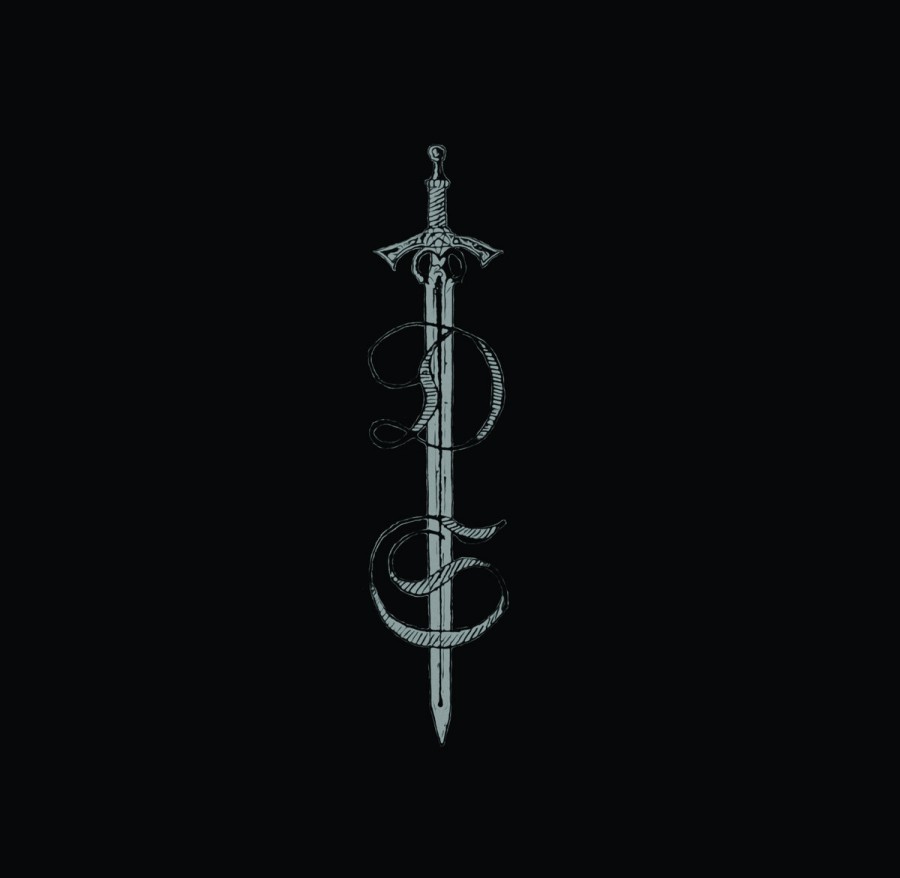

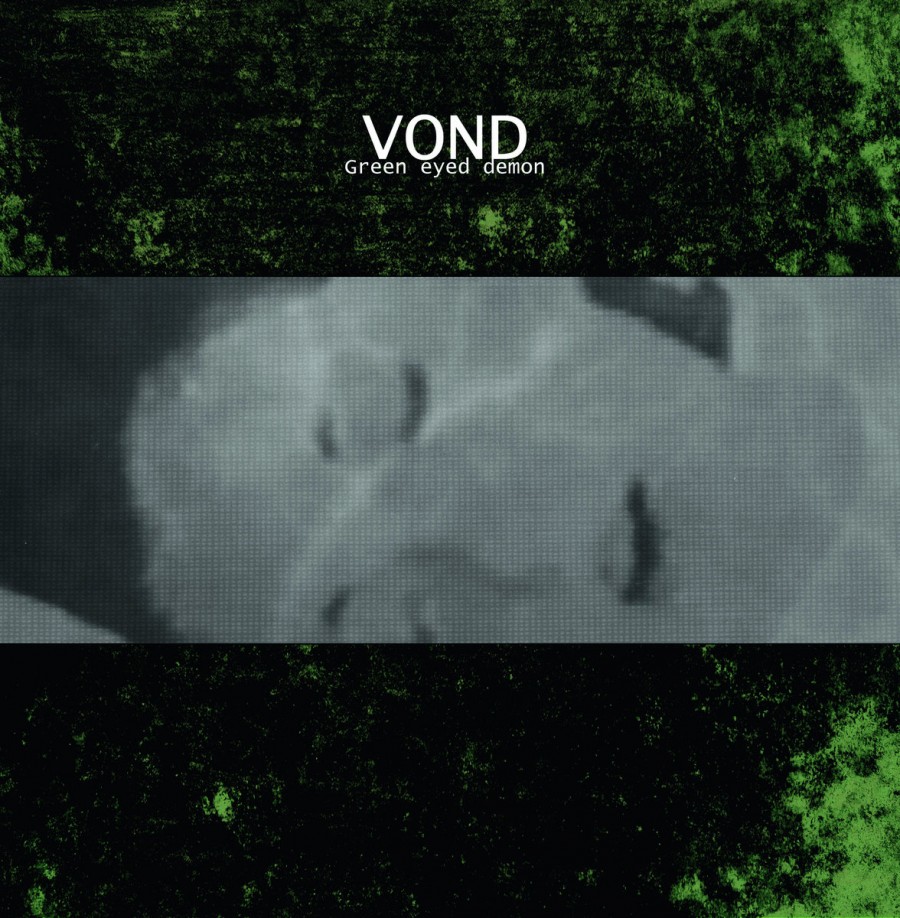
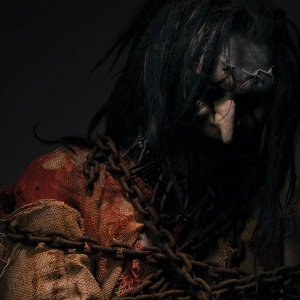 and layering of cinematic samples. Throughout the album, Vond sets the foundation for each track with a blend of dense industrial soundscapes and noises. This is industrial in the literal sense of the word, not the genre. We can hear machinery humming, the crashing and hammering of metal, steam releasing through valves. On top of this foundation Vond pieces together a plethora of samples of various cinematics.
and layering of cinematic samples. Throughout the album, Vond sets the foundation for each track with a blend of dense industrial soundscapes and noises. This is industrial in the literal sense of the word, not the genre. We can hear machinery humming, the crashing and hammering of metal, steam releasing through valves. On top of this foundation Vond pieces together a plethora of samples of various cinematics.